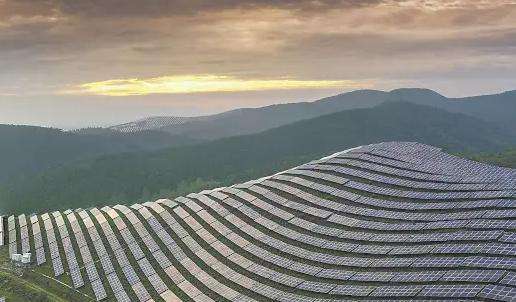The gap between traditional fuel vehicles and pure electric vehicles is still relatively large. The difference.
1. The energy used to drive cars is different. For traditional fuel vehicles, in order for the car to run, fuel must be added, whether it is diesel or gasoline. The energy used by pure electric vehicles is electricity. Its power comes from the reserves of the car's battery.
2. Emission standards are different. The emissions from fuel vehicles contain a large amount of exhaust gas. Exhaust gas contains carbon monoxide, carbon dioxide, sulfide, lead, cadmium and other heavy metals and some particulates. After being discharged into the atmosphere, it will cause pollution to the atmosphere. Pure electric vehicles do not produce exhaust gas when driving. It is an energy-saving and environmentally friendly model. But it does not mean that it does not pollute the environment, because its battery also has a service life. After the battery is used, if it is not handled properly, it will also cause environmental pollution.
3. The way of traveling is different. When traveling with a fuel vehicle, you can choose a gas station to refuel as long as you are out on the road. You don’t have to worry about fuel when running long distances or at high speeds. Because there are still a lot of gas stations such as service areas, covering a very wide area. When traveling with pure electric vehicles, if you travel long distances or at high speeds, you need to consider mileage. The longer the mileage, the greater the challenge for pure electric vehicles. Infrastructure, such as charging piles, does not cover that much. Therefore, it may not be as convenient as a fuel vehicle in terms of travel.
4. Different experience Traditional fuel vehicles use thermal efficiency to convert into power. When starting at low speeds, electric vehicles do not have as much torque as pure electric vehicles. Electric vehicles start and accelerate quickly. Even in congested cities, the ride comfort of electric vehicles is better than that of fuel vehicles. The noise of electric vehicles is much lower than that of fuel vehicles.
Summary: There are still many differences between traditional fuel vehicles and new energy pure electric vehicles. For example, the issue of registration of a car after purchasing it. Traditional fuel vehicles need to wait in line. New energy vehicles can be registered directly for free. Many differences also lead to the diversity of models. There are more and more electric vehicles that can meet people's car buying needs. Because the trend is irreversible.
Wind power generation is difficult to apply to cars, but photovoltaic power generation can be used in cars.
The main reason why wind power generation cannot be used in cars is because the wind turbine installed on the car will increase the resistance of the car. When the wind resistance increases, the fuel consumption will also increase. The reason why cars are designed to be streamlined is mainly to reduce the drag coefficient and reduce the air resistance when the car is driving. When air resistance is reduced by 10%, fuel consumption will be reduced by 2.5%.
Here the aerodynamicists are working hard to reduce the air resistance, and there they are adding a wind turbine. The pace of the aerodynamicists is simply exasperating! With the addition of wind turbines, although it can generate electricity while driving, this is electricity obtained by increasing fuel consumption and has no practical significance. Energy must be lost after multiple conversions. It is better to directly use the engine to drive the generator to generate electricity with less loss. Therefore, wind power technology is not used in cars.
TooSolar generator technology can be applied to cars. Solar cells can be covered on the surface of the car and will not increase wind resistance like wind turbines. It has little impact on the car other than aesthetics, but solar panels have a problem with low conversion rates. The conversion rate of civilian battery panels is difficult to exceed 20%, and most are around 15-17%. When the solar illumination intensity is 1000 watts/square meter, the power generation of one square meter of panels can only be between 150-170wh.
The surface area of the car is limited, and the area of the battery panel is also limited. If there are two square meters of battery panels, the power generation power is only 150w. Factors such as light intensity, angle, etc. must also be considered. Therefore, the power generated by solar panels is not high. If the lighting is good, the battery can be charged with 1-2kwh of electricity in a day. The power consumption of electric vehicles is at least 15kwh/100km. Charging for one day can only increase the cruising range by a few kilometers, which is of no practical significance. It can be used in low-power low-speed electric vehicles, but it is not practical to use in cars.
But if high-efficiency panels appear, solar cells and cars can be perfectly integrated. For example, the solar power test conducted on the Toyota Prius:
It is said that the solar panel used in the test car has a conversion rate of up to 34% and an output power of 840w. In sunny weather, the electricity collected in one day can support the car to travel 44km.
However, it is currently in a testing state. It can be seen that the car is covered with solar panels on a large area. The rear windshield, trunk lid, hood, etc. are covered with panels, which affects the appearance to a certain extent. . , battery panels with an efficiency as high as 34% are a key. Low efficiency has no application value, and the high cost of high-efficiency battery panels is also a factor affecting promotion.














